Taito Ward Shogo Museum
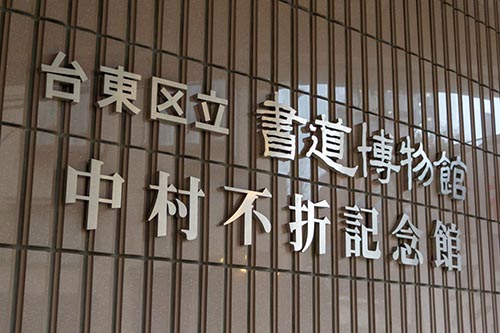
Calligraphy museum standing next to “Konami-an” where Masaoka Kikuna resides. Collections of valuable collections in Chinese and Japanese calligraphy history collected by Nakamura Fumi (1866-1943), both a Western painter and a calligrapher, are held.
Because of facility construction, the calligraphy museum will be closed from the whole building for approximately five months from April 16 (Monday) to September 25 (Tue) in 2018. As a special project before this holiday closed, a lot of masterpieces held in the collection are released from March 16 (Fri) to April 15 (Sun) in 2018. We interviewed this exhibition, so we will introduce it.
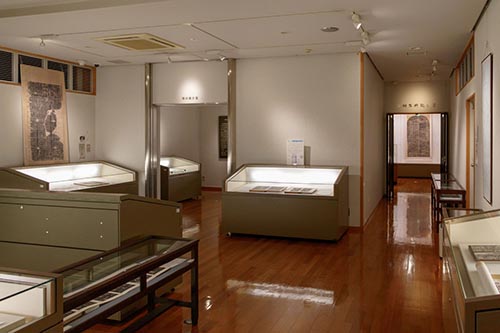
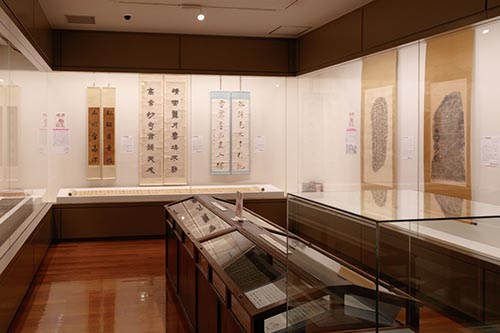
Kanji used for ritual, kanji used for reward from king
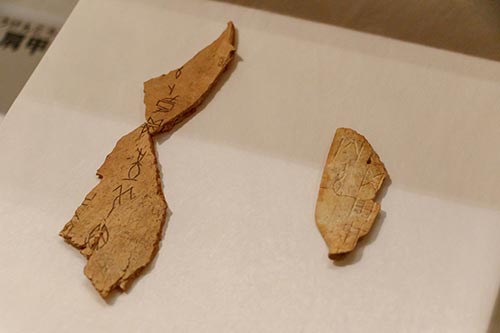
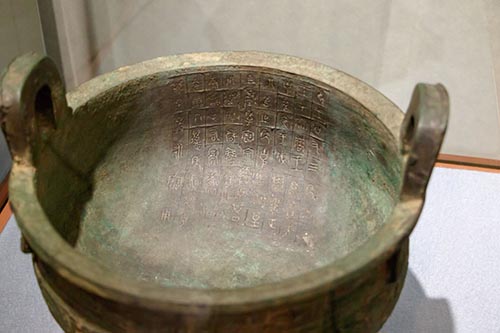
In this exhibition, ‘Konjotobun’, which is the oldest existing kanji material present, is displayed. In the Yin Dynasty (around the 13th century before), the shell statements engraved on the bones of the turtle’s stomach and the shoulder of the cow. It was used to divine the will of God. At the time of the brush sentence, it is already seen that it is biased.
“Kodoku Den”, which was made in the Xi’an era (the ninth century before), is a bronze ware made in commemoration of the mission of a man who is a member of the king who works as a king’s nearby servant. On the inside is sentence on achievement. Looking from the front, it seems that the sentences are lined up straight though the vessel draws a curve. I carefully adjust the length of the letters. You can ask about the height of technology at the time.
The type of kanji changed from ”Tensho” to ”Reisho”, and it became easier to write.
Kanji, called ”Tensho”, used in places related to God, had a typeface like a hieroglyph and it was hard to write.In the era of Han, Kanji changed to a typeface called ”Reisho” which reduced the curve and became easier to write.
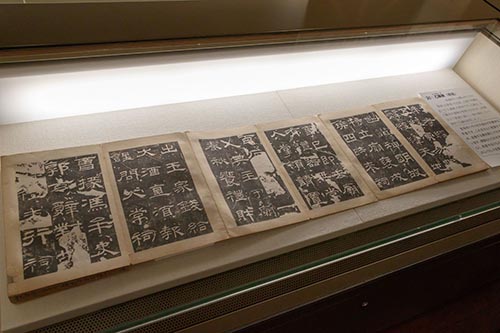
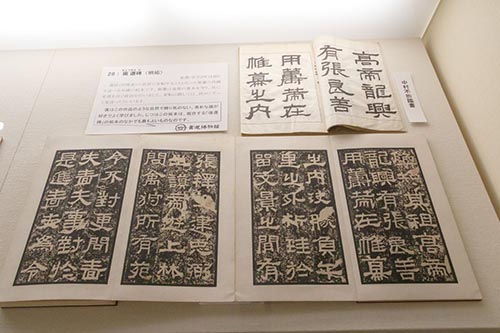
“Zhang transition monster” was a work that Mr. Nakamura never liked very much. I write this work and I am learning that taste. Actually, unfamiliar books are used for the signs of “Shinjuku Nakamuraya” and the label of sake “Masumi”. From those works, you can sense the style similar to Zhang Tradition.
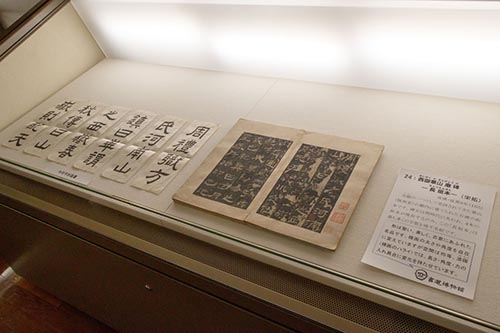
Later Han / Nobunaga 8 years (165)
Among the numerous collections, one disappointing item was “Nishigaki Huashan Mausoleum – Long Kakimoto – (Shiga Kanzan Biwa Kobanban)”. This work with good shape and powerfulness, and taste of antiquity is a takamoto taken from a stone monument about 1000 years ago. The monument has already been lost, and only 4 trakuses exist. It is a highly value-priced item.
Documents protected by the desert
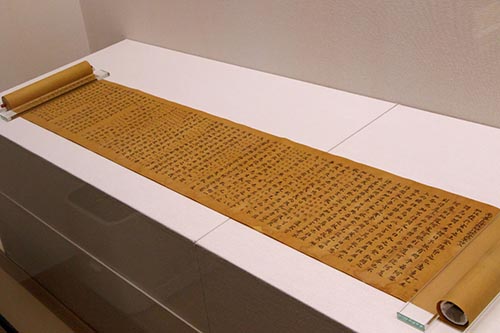
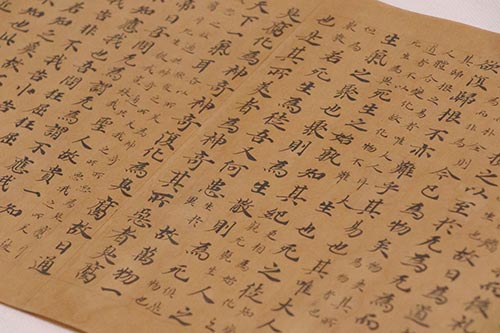
Paper is a very difficult material to save. The older one had fewer handwriting, and the one before Tang was thought to be close to absence. However, in 1900, the wall collapsed within the Dunhuang Mogao caves (Tonkobakko) located at the entrance to China from the Taklimakan Desert in Central Asia, from which 4 to 60 thousand brushed documents were discovered It was. The climate of the desert with constant humidity and few insects kept the document. In this exhibition, a document of a magazine which was excavated in this area and designated as an important cultural property is displayed.
God of writing, Wang Fuyuyuki
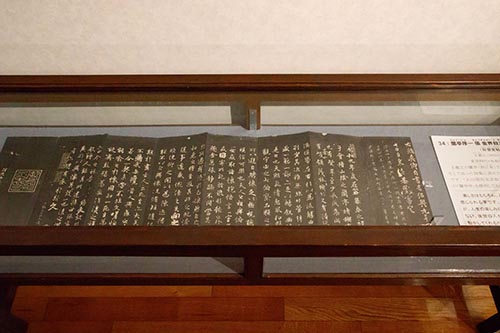
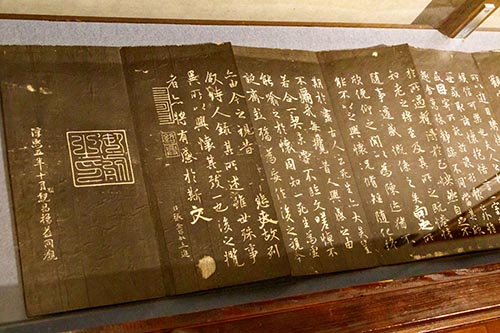
Autumn Autumn Hall Wang Peng Peng Higashi Jin · Eiwa 9 years (353)
Wang Yunoyuki (Ogushi 303 – 361) called the god of the book. I do not have a handwriting, but that taste is conveyed by reproduction. In this exhibition, a duplicate of Wang Yuyu’s books was displayed, including “Ranjitei-sama (Ranjojo kotoba)”, which is regarded as the highest masterpiece in the history of Chinese books It is.
Ancient monument of Japan in UNESCO “Memory of the world”
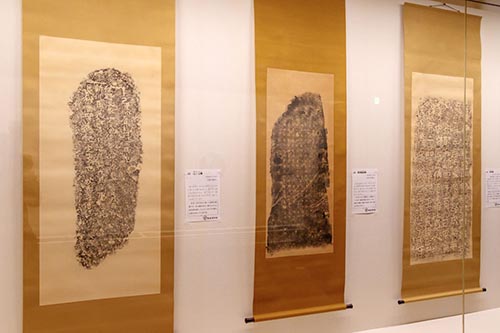
Last year, Gunma Prefecture’s “Ueno Sanmon (Kozuku Sanpi)” was registered in UNESCO “World Memory”. In this exhibition, the three monuments of Takamoto are released. Not only do you enjoy the book, but also pay attention to the Takamoto technique and you may find it interesting to see it from the viewpoint “What kind of patcher is the best?”
All the works we have introduced so far are exhibited in the “Nakamura Mugen Memorial Hall”, but valuable collections are also displayed in the main building.
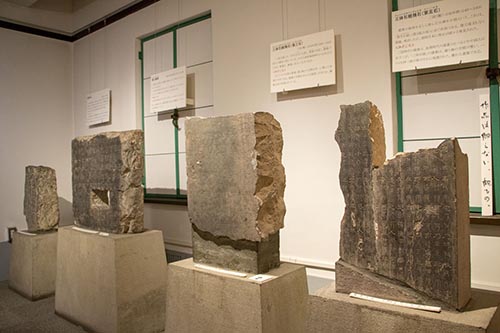
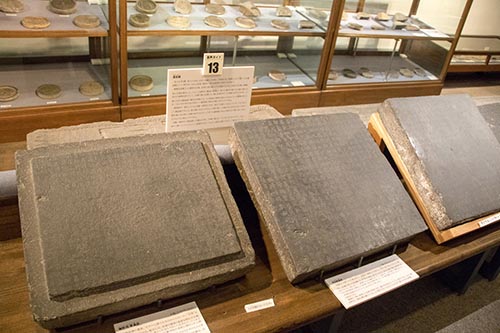
In this interview, Nomura Nakamura researcher Shoki Nakamura (Nakamura Nobuhiro) gave a commentary on the work of the calligraphy museum. In various places of the museum there are sticky notes that make me smile, but these are written by Ms. Nakamura. When visiting, please try looking.
Kanji essential to our lives. At the calligraphy museum, you can enjoy its history. Why do not you come and visit the charm of the books?
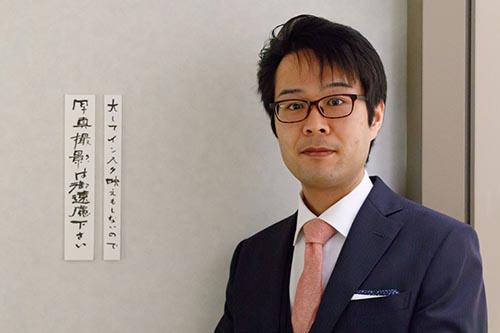
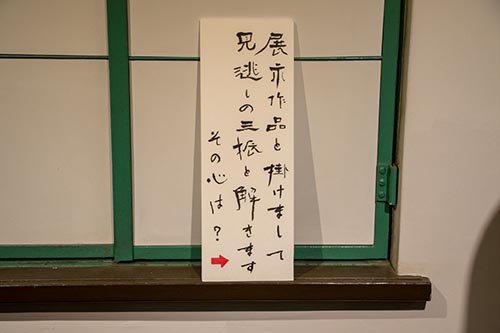
Summary
| A session | March 16 (Fri) – April 15 (Sun) in 2018 |
|---|---|
| location | Calligraphy Museum Nakamura Taikan Memorial Hall 2, 10 – 4 Negishi, Taito – ku, Tokyo |
| Opening hours | 9: 30 am – 4: 30 pm (Admission is until 4 o’clock) |
| closing day | Monday However, March 26 (Mon), April 2 (Monday) Sakura Special Opening Hall |
| Admission fee | General 500 yen (300 yen) Small, medium, high school student 250 yen (150 yen) * In parentheses, group fee of 20 people or more ※ Person who presents handbook of disability and its carer is free ※ Entry Saturday every month, entrance fee for small, junior high school students and their guardians living and staying in Taito-ku is free ※ Specific medical care recipient certificate presenters and their carers are free |
| inquiry | 03-3872-2645 |
| URL | https://www.culture.city.taito.lg.jp/eventdetails/show/00001c000000000000020000005400ab |

